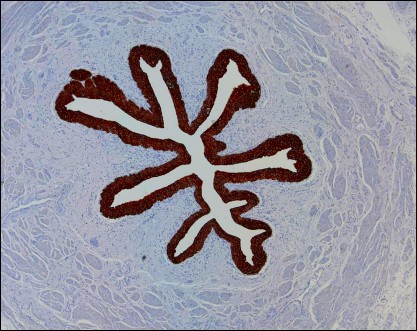The bacterium E. coli has an unusual ability to swim upstream, according to experiments performed in the US and Turkey. By creating tiny microfluidic channels similar to blood vessels, physicists found that the bacterium's ability derives from an innate tendency to swim to the left at surfaces, enabling it to locate flow regimes more favourable to upstream swimming. They now say that the ability could be fundamental to the transport of certain infections (Phys. Rev. Lett. 98 068101).

swimmer
Bacteria that have trailing, screw-like tails (known as flagella) propel themselves forward in short bursts when the tails rotate. Normally, these bursts are hindered by drag forces, which counteract a bacterium’s propulsion until it eventually tumbles to a halt. At the surface of a calm fluid, however, a lack of drag can allow bacteria to adopt some surprising trajectories.
Now, Jane Hill and colleagues from Yale University in the US and Bogazici University in Turkey have spotted that, given the right conditions, the bacterium E. coli – notorious in certain strains as a deadly pathogen – can even swim upstream. The physicists designed flat microfluidic channels between 50 and 450 µm deep to study how cells of the bacterium behave near the surfaces of flowing liquids, and took snapshots of the channels to track their progress.
Hill’s team found that, at low flow rates, the drag is greater around the nose of the cell, causing it act as a pivot and thus orient the rest of the body to face roughly upstream – similar to the way a weather vane points to the direction of oncoming wind. The torques from swimming and drag then balance to direct the cell left, leading the cell to one edge of the channel. Finally, for certain orientations, the cell can continue its leftward path along the channel wall, moving in a narrow trench upstream.
This peculiar surface interaction could have put E. coli and similar flagellated bacteria at an evolutionary advantage, allowing them to seek efficient routes to swim upstream in a wide range of flow conditions. Hill told Physics Web that she is now using this knowledge as a basis for understanding how E. coli moves, for example, in urinary tract infections. “Paediatrics patients are particularly susceptible to infection, and I think this phenomenon in these patients, as well as others, will be quite relevant,” she said.



